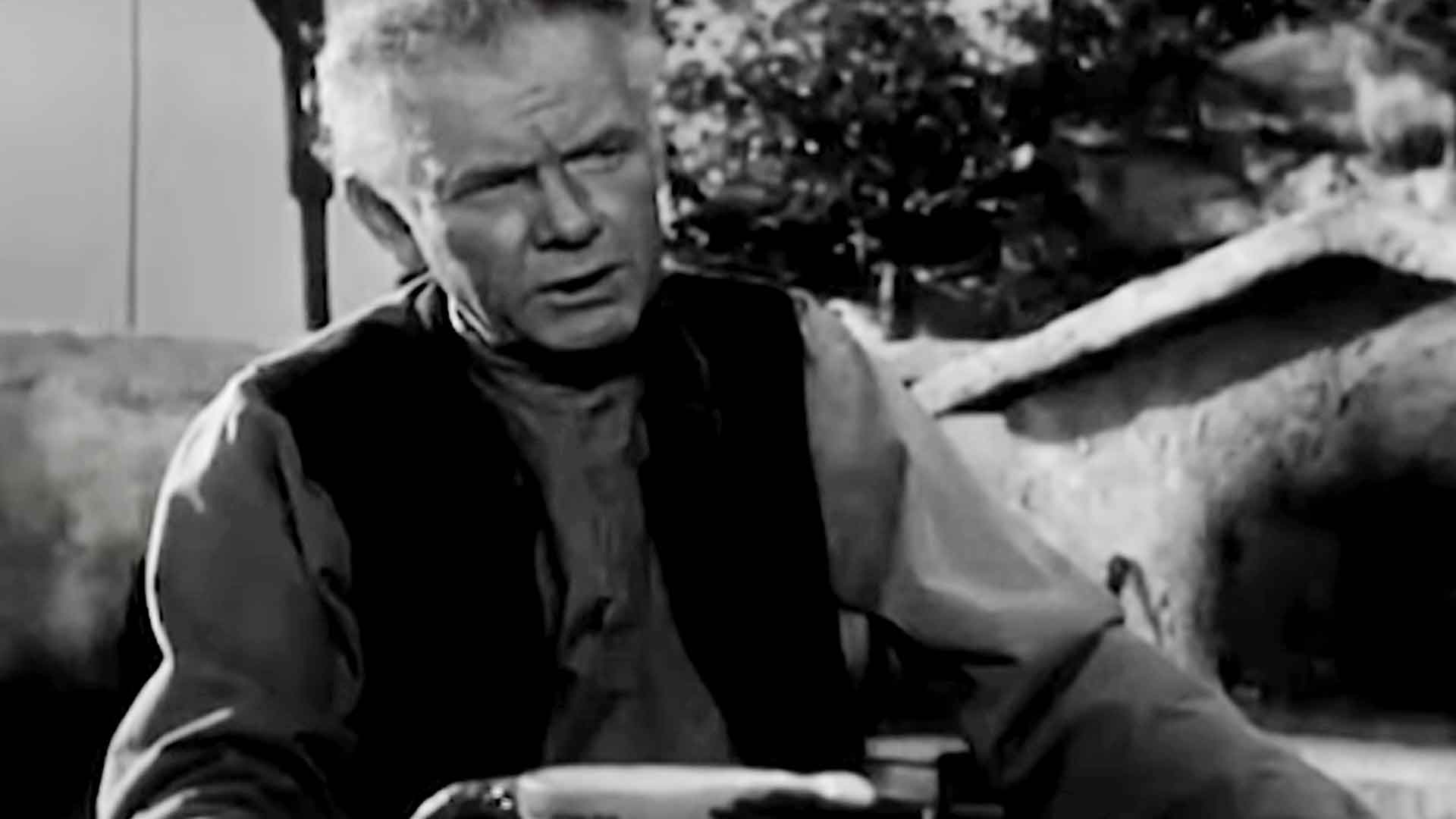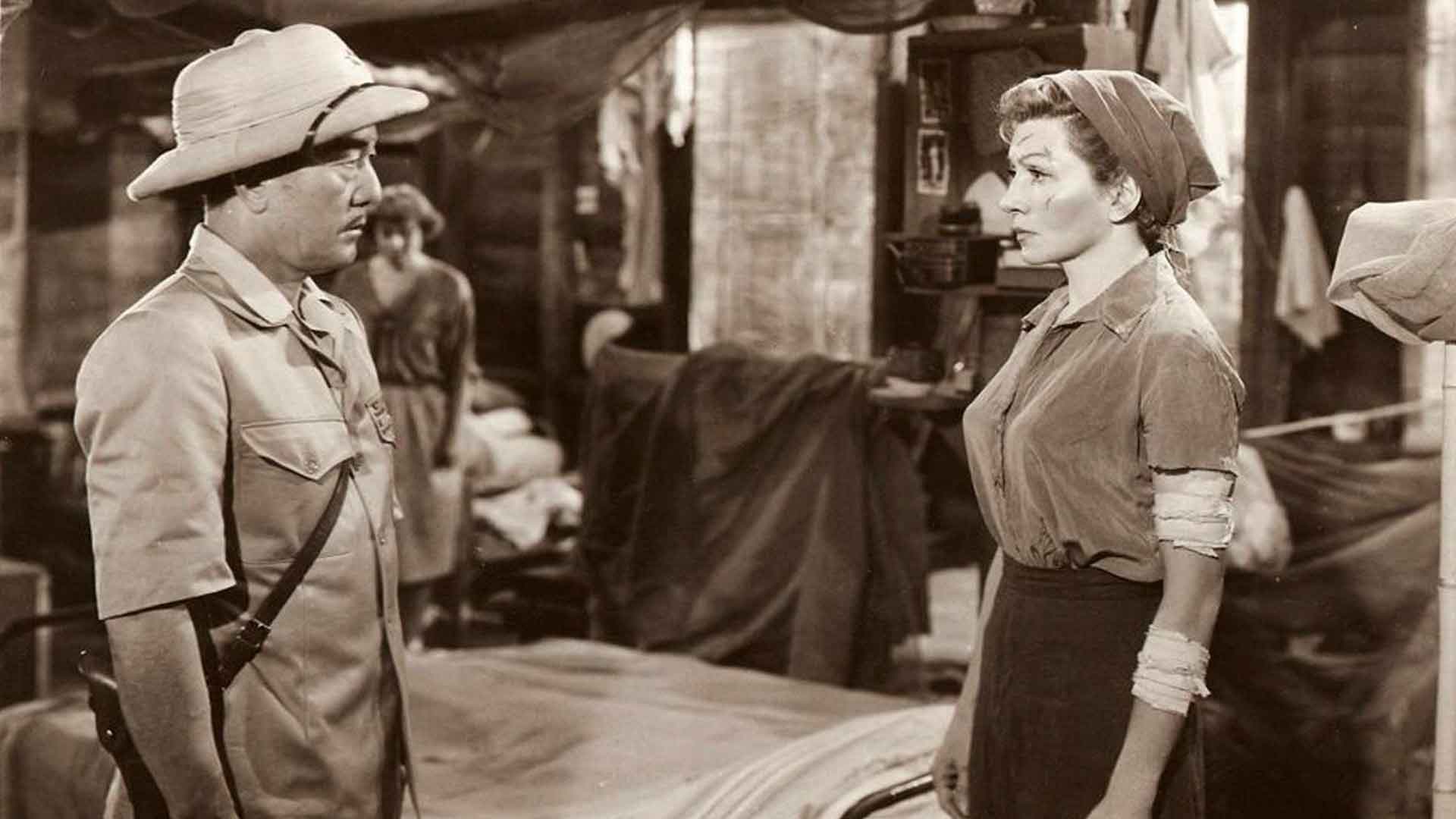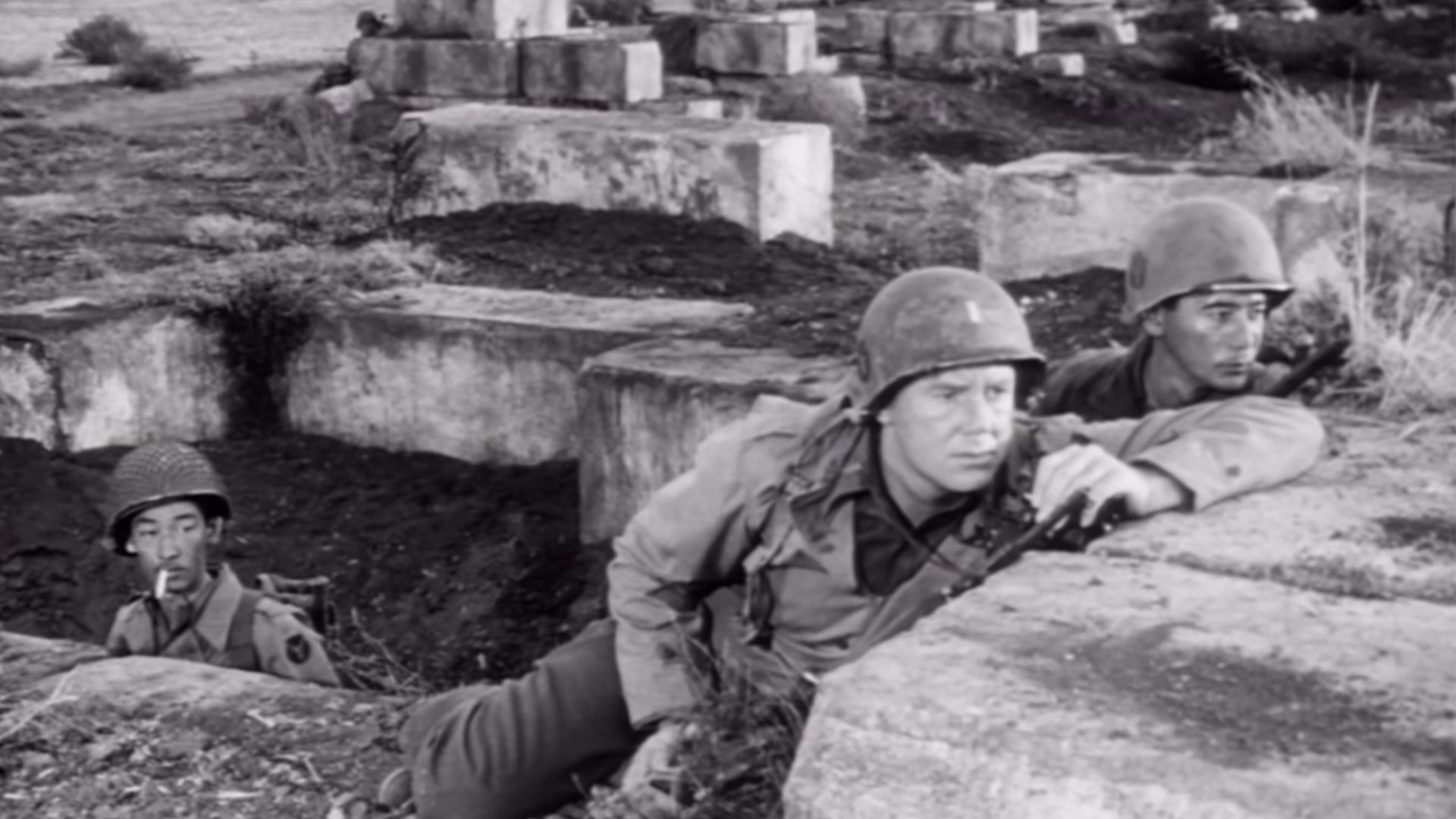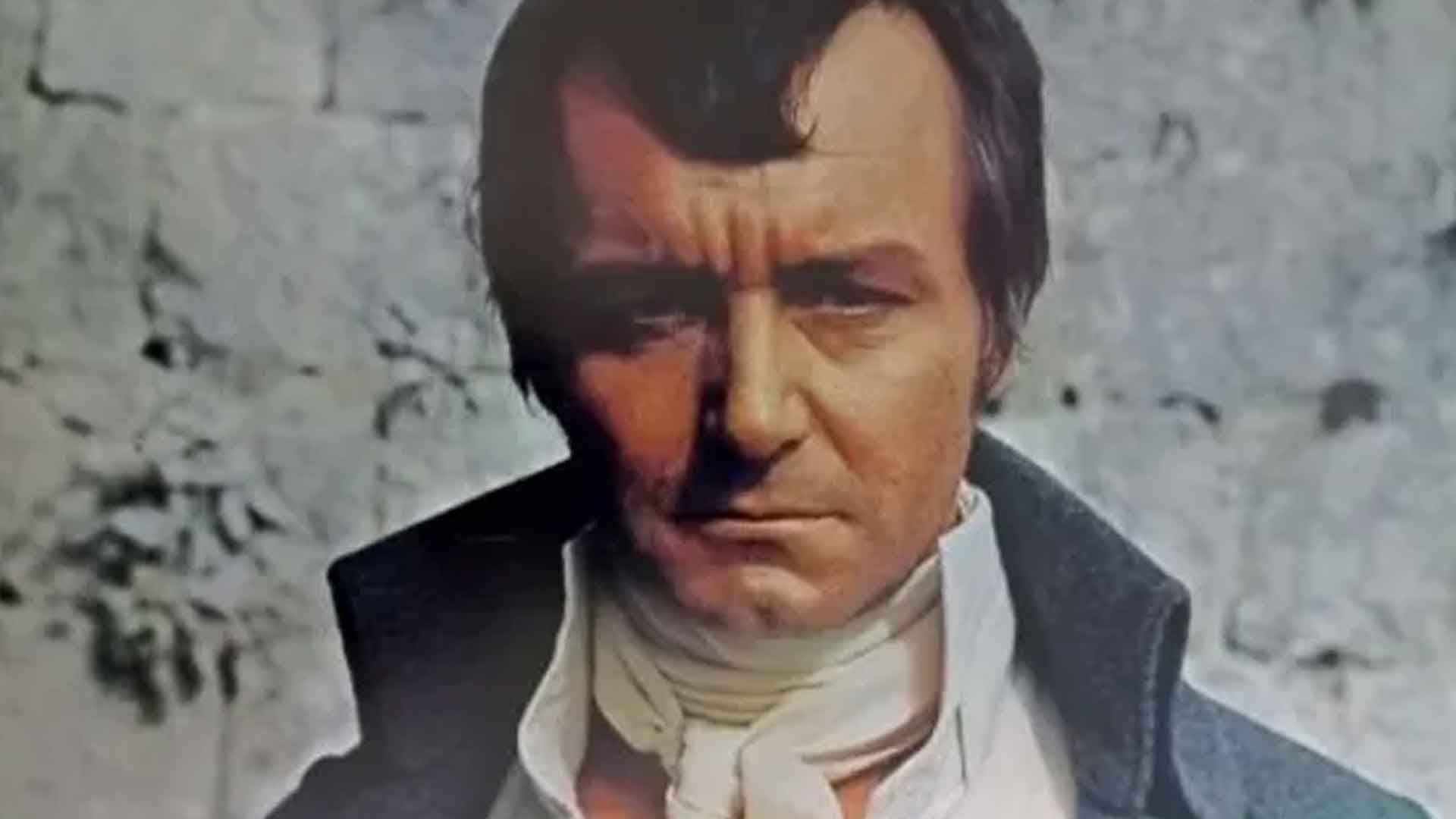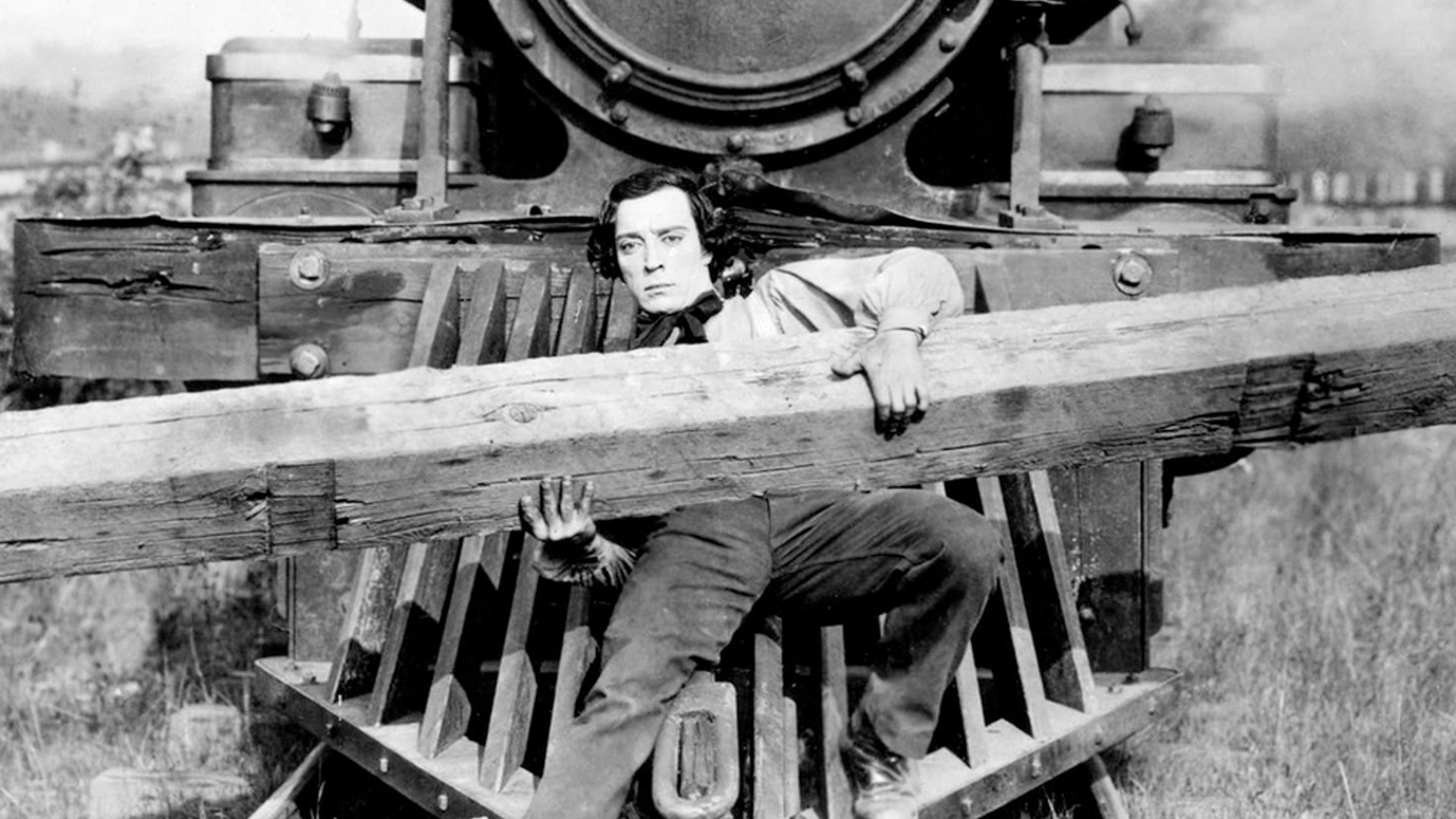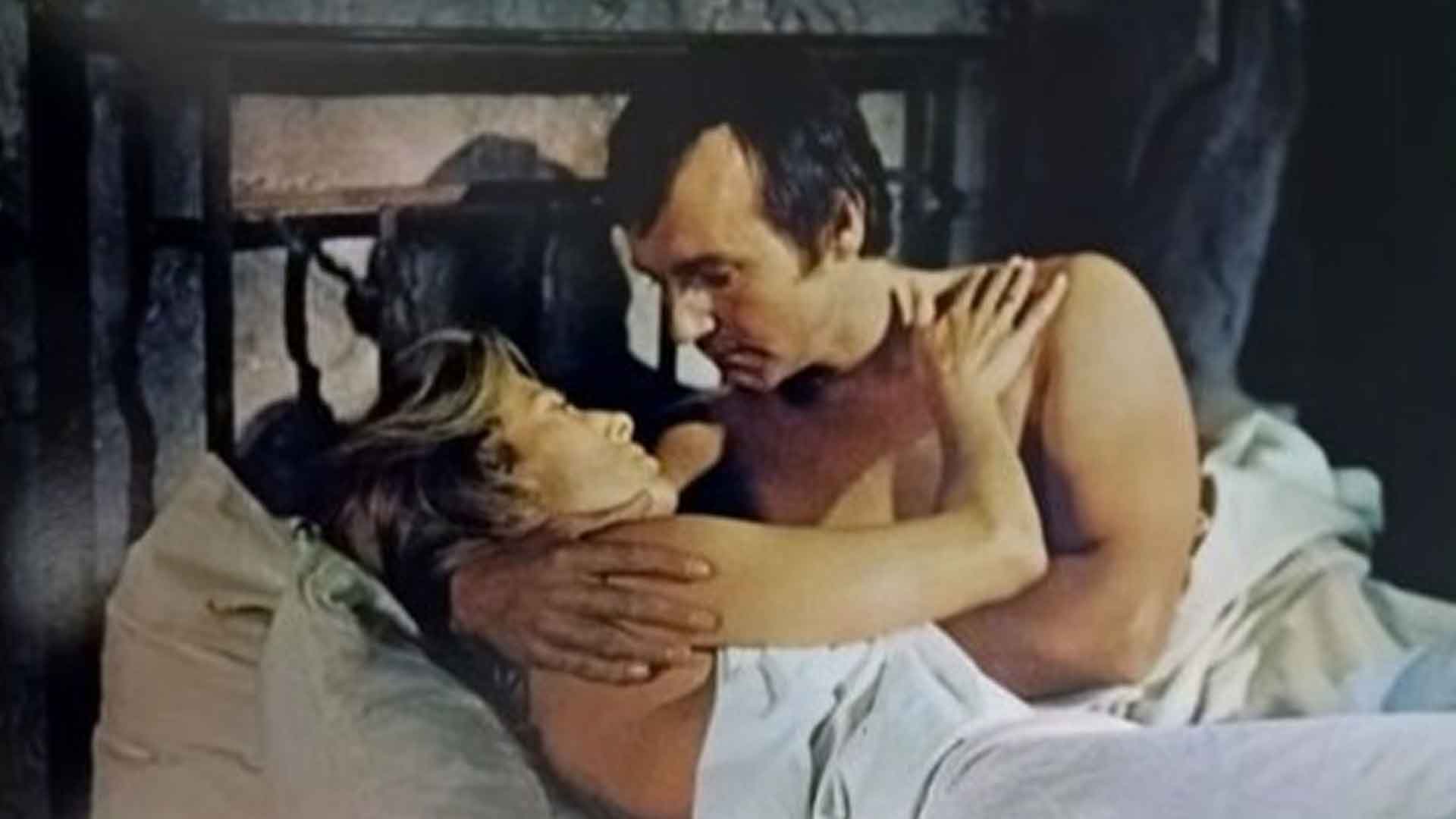
10 of the best movies based on true stories
When it comes to Hollywood movies, often truth is stranger – and more entertaining – than fiction.
Through the glorious medium of film, we can get closer to true events that have shaped our history.
Whether it’s a war-time thriller or a classic underdog story, immersing yourself in something that actually did happen is very fulfilling. We pick out a selection of our favourites you might not have heard about.
Guilty of Treason (1950)
Guilty of Treason is a dramatic retelling of the true story of Cardinal Jozsef Mindszenty, a Hungarian priest who opposed both Nazi and Communist regimes. Set in post-World War II Hungary, the film chronicles Mindszenty’s courageous stand against the oppressive Communist government, which ultimately leads to his arrest, trial, and conviction on trumped-up charges of treason.
His unwavering faith and commitment to human rights become a symbol of resistance for many. The film highlights the brutal tactics used by the state to silence dissent and the international outcry that followed Mindszenty’s persecution.
Three Came Home (1950)
Three Came Home is a gripping war drama based on the true story of Agnes Newton Keith, an American author imprisoned by the Japanese during World War II. The film depicts Agnes’s harrowing experiences as she, along with her young son and other civilians, is captured in North Borneo and taken to a Japanese internment camp.
Despite the brutal conditions and constant threat of violence, Agnes’s resilience and determination to protect her son shine through. The narrative also explores the complex relationship between Agnes and the Japanese camp commander, who, despite his role, shows occasional moments of humanity.
Salt of the Earth (1954)
Salt of the Earth is a groundbreaking drama inspired by the true events of a 1951 strike by zinc miners in New Mexico. The film centres on the struggles of Mexican-American workers who demand better working conditions and equal pay from the mining company.
As the strike intensifies, the wives of the miners, led by Esperanza Quintero, step up to the picket lines when an injunction prevents their husbands from protesting. The film stands out for its realistic portrayal of social issues and its use of actual miners and their families in the cast, making it a powerful and authentic depiction of grassroots activism.
Rage at Dawn (1955)
Rage at Dawn is a gripping Western based on the true story of the notorious Reno Brothers Gang, one of the first known train-robbing gangs in the United States. The film follows James Barlow, a skilled detective who goes undercover to infiltrate the gang and gather evidence against them.
As Barlow gains the trust of the Reno brothers, he discovers their plans for another heist and works to bring them to justice. The story highlights the tension and danger of undercover work, as well as the violent and lawless nature of the post-Civil War American frontier.
Go For Broke! (1951)
Go for Broke! is a compelling war drama based on the true story of the 442nd Regimental Combat Team, an all-Japanese American unit during World War II. The film follows Lieutenant Michael Grayson, who initially harbours prejudice against his Japanese American soldiers but gradually learns to respect their bravery and dedication.
As the 442nd engages in grueling battles across Europe, their heroism and remarkable achievements earn them widespread acclaim. The narrative highlights the soldiers’ struggle against both the enemy and racial discrimination, showcasing their determination to prove their loyalty to the United States.
Eagle in a Cage (1972)
Eagle in a Cage is a historical drama that delves into the final years of Napoleon Bonaparte, based on true events surrounding his exile. The film portrays Napoleon’s confinement on the remote island of Saint Helena after his defeat at the Battle of Waterloo. Stripped of his power, he engages in psychological battles with his British captors and reflects on his past glories and failures.
The interactions between Napoleon and those around him, including his jailers and loyal followers, reveal the complex character of the fallen emperor. The film offers an intimate look at the once-mighty leader’s struggle with captivity, legacy, and the inevitability of his decline.
Santa Fe Trail (1940)
Santa Fe Trail is an action-packed Western loosely based on historical events leading up to the American Civil War. The film follows Jeb Stuart and George Custer, fresh graduates from West Point, as they are assigned to Fort Leavenworth in Kansas. Their mission is to quell the violent anti-slavery activities of radical abolitionist John Brown.
As Stuart and Custer navigate their dangerous assignment, they encounter both fierce opposition and internal conflict over the morality of slavery. The movie dramatises the tensions of a nation on the brink of war, showcasing the early careers of two future Civil War generals and the volatile atmosphere of pre-war America.
The General (1926)
The General is a silent comedy-drama inspired by the true events of the Great Locomotive Chase during the American Civil War. The film stars Buster Keaton as Johnnie Gray, a train engineer whose beloved locomotive, ‘The General’, is stolen by Union spies. Determined to recover his train and rescue his love, Annabelle Lee, who has been kidnapped, Johnnie embarks on a daring and comedic pursuit.
His resourcefulness and bravery lead to thrilling chases and clever escapades, showcasing Keaton’s signature physical comedy and stunts. The movie masterfully blends humour with historical adventure, creating an enduring classic that highlights the heroics of an unlikely protagonist amidst the backdrop of a significant wartime event.
Disraeli (1929)

Disraeli is a historical drama cantered on British Prime Minister Benjamin Disraeli’s efforts to secure control of the Suez Canal for the British Empire. The story follows Disraeli as he navigates political opposition, diplomatic intrigue, and espionage to outmanoeuvre foreign powers and protect British interests. At the heart of the film is his determination to buy shares in the canal from Egypt, a bold move that would reshape global trade and cement Britain’s status as a world power. George Arliss’ performance won him the Academy Award for Best Actor.
Historically, the film is accurate in portraying Disraeli’s key role in acquiring shares of the Suez Canal in 1875, which was a major geopolitical achievement. The involvement of Queen Victoria’s support and the opposition from Disraeli’s political rivals also reflects real events. However, the film invents several fictional characters, dramatises espionage elements that did not occur, and exaggerates the secrecy surrounding the deal for narrative tension.
The Birth of a Nation (1915)
The Birth of a Nation is a silent film that dramatises the American Civil War and Reconstruction era, based on Thomas Dixon Jr’s novel and play ‘The Clansman’. The film follows two families, the Northern Stonemans and the Southern Camerons, whose lives are intertwined by the war and its aftermath.
It depicts the rise of the Ku Klux Klan as a heroic force restoring order in the South. With innovative technical achievements in filmmaking, the movie remains a significant piece of cinema, reflecting the racial prejudices and tensions of its time.

